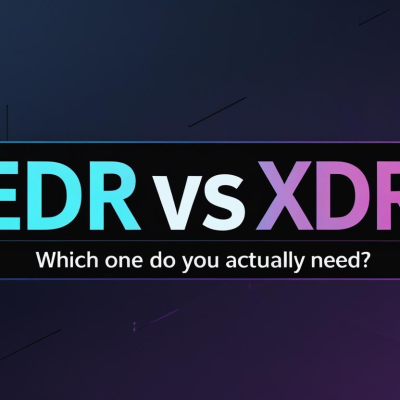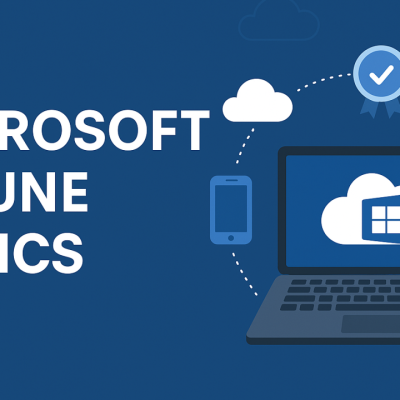In June 2025, reports emerged that Iran had intentionally restricted access to the internet across much of the country. While official explanations were limited, experts linked the move to fears of Israeli cyberattacks amid rising regional tensions. From disrupted VPNs to blocked encrypted messaging apps, Iran’s strategy seemed aimed at digitally isolating itself from potential intrusions.
This incident is the latest reminder that cyber warfare is now a frontline tactic, not a supporting tool.
🧨 Cyber Has Replaced Missiles in Many Early Strikes
Cyber warfare has evolved from isolated hacks into strategic, state-sponsored operations. Nations use malware, denial-of-service attacks, infrastructure disruption, and even misinformation as part of a broader campaign to weaken, destabilize, or surveil adversaries.
Common Cyber Tactics in Modern Conflicts:
Infrastructure Attacks: Targeting power grids, telecoms, or water systems
Data Breaches: Extracting intelligence from government networks
Psychological Warfare: Misinformation campaigns to influence public sentiment
Surveillance Tools: Infiltrating communication channels and social platforms
Preemptive Shutdowns: Like Iran’s, to reduce attack surface or suppress dissent
📵 Why Cutting Internet Access Is a Tactical Move
For governments under perceived threat, shutting off or restricting digital connectivity serves multiple purposes:
Reduces Entry Points for foreign hackers
Disrupts Command-and-Control channels for potential internal dissent
Limits Spread of Disinformation that could destabilize control
Creates Ambiguity, delaying external response and media coverage
But this comes at a cost: domestic economic disruption, loss of global visibility, and damage to digital trust and infrastructure confidence.
🛡️ What This Means for Businesses and Critical Infrastructure
The Iran incident—and similar moves by other nations—should be a wake-up call to companies operating internationally. Your cloud workloads, distributed teams, and vendor connections may be impacted by a conflict far from your HQ.
How to prepare:
Implement geo-redundant cloud architecture
Monitor nation-state activity tied to your industry or region
Build offline recovery capabilities for worst-case digital isolation
Include cyber warfare in your threat models and tabletop exercises
🔍 From Cyber Deterrence to Digital Doctrine
Nations are developing offensive cyber units, publishing digital defense policies, and even classifying malware as weapons. As with nuclear deterrence in the 20th century, cyber capabilities are now part of national defense doctrine.
The next war may not begin with missiles—but with malware in power grids, ransomware in banks, or deepfakes seeding panic.
✅ Final Thoughts
Iran’s move to restrict the internet is not just about censorship — it’s a glimpse into how cyberspace is becoming the next active battlefield. For governments, businesses, and everyday users, digital resilience is no longer optional — it’s a matter of preparedness and survival.
At TrustNet Solutions, we help organizations strengthen their security posture against cyber warfare tactics — from infrastructure hardening to international threat intelligence and scenario planning.





